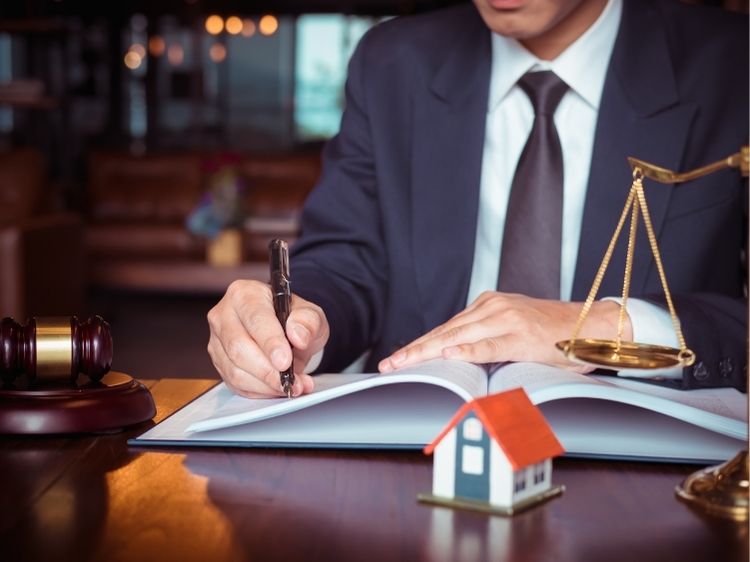Understanding and Preventing Heating Pad Burns: A Comprehensive Guide
Have you ever reached for a heating pad to soothe those nagging aches, only to end up with a burn instead? It’s a frustrating and painful experience, but you’re not alone. Heating pad burns are more common than you might think, and they can happen to anyone, especially when you’re not careful. But don’t worry—we’ve got you covered! In this article, we’ll delve into everything you need to know about heating pad burns, from understanding what causes them to effective prevention methods, and even what to do if you find yourself with a burn.
What Are Heating Pad Burns?
Heating pad burns occur when the skin is exposed to heat from a heating pad for too long or at a temperature that’s too high. These burns can range from mild to severe, depending on various factors like the duration of exposure and the temperature setting of the heating pad. Most people think that a heating pad, being a common household item, is completely safe, but misuse can quickly lead to unintended injuries.
Common Causes of Heating Pad Burns
So, what’s the deal with heating pad burns? How do they happen?
- Prolonged Use: One of the most common causes is simply using the heating pad for too long. It’s easy to fall asleep with a heating pad on, especially when you’re in pain and just want some relief. Unfortunately, this extended exposure can result in burns.
- High Temperature Settings: Many people believe that the hotter, the better when it comes to pain relief. But cranking up the heat too high can actually do more harm than good, leading to burns before you even realize it.
- Damaged or Old Heating Pads: Using a heating pad that’s seen better days is another risk factor. Old or damaged pads may not regulate temperature properly, increasing the likelihood of burns.
- Sensitive Skin: If you have sensitive skin, you’re more prone to burns, even at lower temperature settings. Certain medical conditions can also make your skin more vulnerable.
Signs and Symptoms of Heating Pad Burns
Now, how do you know if you’ve got a heating pad burn? Here are some telltale signs:
- Redness and Swelling: The first sign of a burn is often redness and swelling in the affected area.
- Blisters: More severe burns may cause blisters to form, which can be painful and take longer to heal.
- Peeling Skin: As the burn heals, you may notice the skin peeling, similar to a sunburn.
- Pain and Tenderness: The area around the burn will likely be tender to the touch and could be quite painful.
How to Treat Heating Pad Burns
So, you’ve got a burn—now what? Don’t panic! Here’s a step-by-step guide on how to treat heating pad burns effectively:
- Cool the Burn: The first thing you should do is cool the burn by running cool (not cold) water over it for about 10-15 minutes. This helps to reduce the temperature of the skin and minimize damage.
- Apply an Antibiotic Ointment: After cooling the burn, gently pat it dry and apply an antibiotic ointment to prevent infection.
- Cover the Burn: Use a sterile gauze or bandage to cover the burn. This will protect it from further injury and infection.
- Take Pain Relievers: Over-the-counter pain relievers like ibuprofen or acetaminophen can help manage the pain.
- Avoid Popping Blisters: If blisters form, resist the urge to pop them. Popping blisters can lead to infection and slow down the healing process.
- Seek Medical Attention: If the burn is severe, covers a large area, or shows signs of infection (such as increased redness, swelling, or pus), seek medical attention immediately.
Preventing Heating Pad Burns: Tips and Tricks
Prevention is always better than cure, right? Here are some simple yet effective ways to prevent heating pad burns:
- Follow the Instructions: Always read and follow the manufacturer’s instructions for your heating pad. They’re there for a reason!
- Use a Timer: Set a timer to remind yourself to remove the heating pad after a certain period. Many modern heating pads come with an automatic shut-off feature—use it!
- Check the Temperature: Start with the lowest setting and gradually increase the heat if necessary. Your skin shouldn’t feel too hot—just comfortably warm.
- Don’t Use on Sensitive Areas: Avoid using heating pads on areas with thin or sensitive skin, such as the face or lower abdomen.
- Inspect the Pad: Regularly check your heating pad for any signs of wear and tear. If it’s damaged, it’s time for a replacement.
- Use a Cover: Always place a cloth or cover between the heating pad and your skin. This extra layer can prevent direct contact and reduce the risk of burns.
FAQs About Heating Pad Burns
Q: Can heating pads cause third-degree burns?
A: While rare, it’s possible for heating pads to cause severe burns, including third-degree burns, especially if the pad is used improperly or for an extended period.
Q: How long should I use a heating pad at a time?
A: It’s generally recommended to use a heating pad for no longer than 20-30 minutes at a time. Always follow the instructions provided with your heating pad.
Q: Can I sleep with a heating pad on?
A: It’s not advisable to sleep with a heating pad on, as this increases the risk of burns. If you’re in pain, consider other options like heat wraps that are designed for overnight use.
Q: What should I do if I get a burn from a heating pad?
A: Immediately cool the burn with running water, apply an antibiotic ointment, and cover it with a sterile bandage. If the burn is severe, seek medical attention.
Q: Are there alternatives to heating pads that are safer?
A: Yes, alternatives like heat wraps or microwavable heat packs are often safer options, as they cool down over time and reduce the risk of burns.
Conclusion
Heating pads are a great way to relieve pain, but it’s crucial to use them safely to avoid burns. By understanding the causes, recognizing the symptoms, and following proper treatment and prevention methods, you can enjoy the benefits of heat therapy without the pain of a burn. Always remember to follow the manufacturer’s instructions and be mindful of how your skin feels during use.
Authoritative Links
- National Institutes of Health: https://www.nih.gov/
- Mayo Clinic: https://www.mayoclinic.org/
- American Burn Association: https://ameriburn.org/







